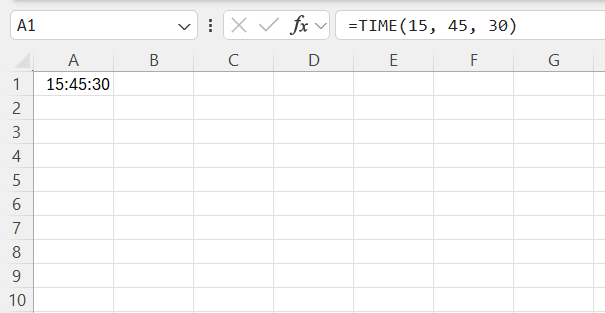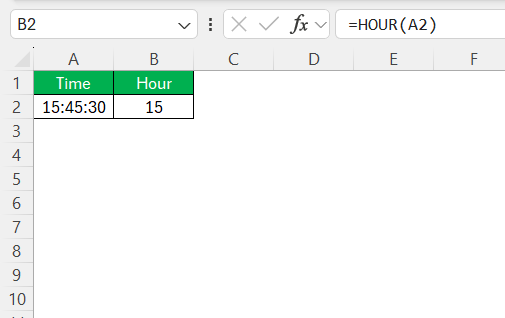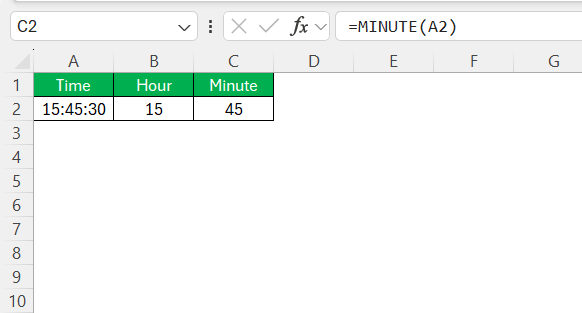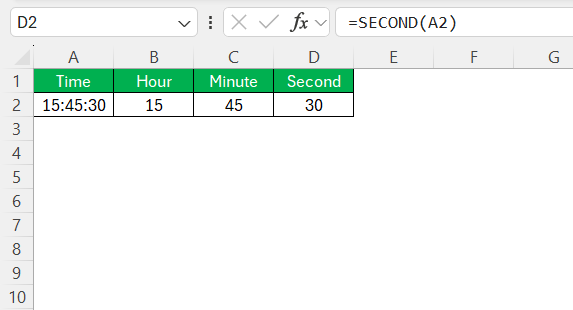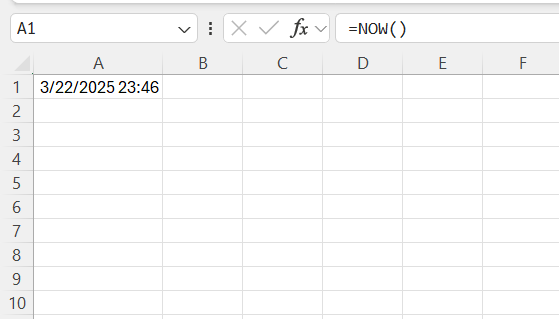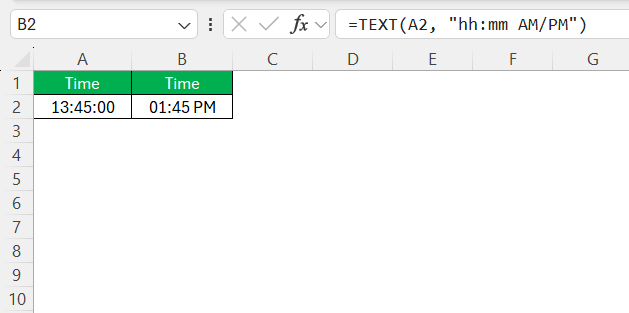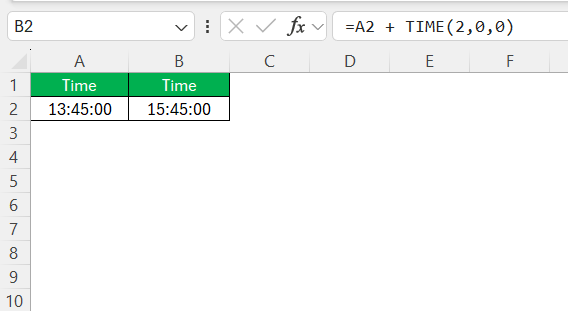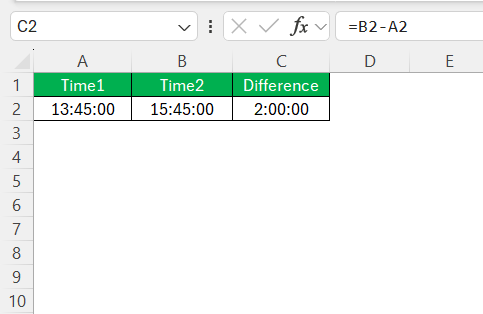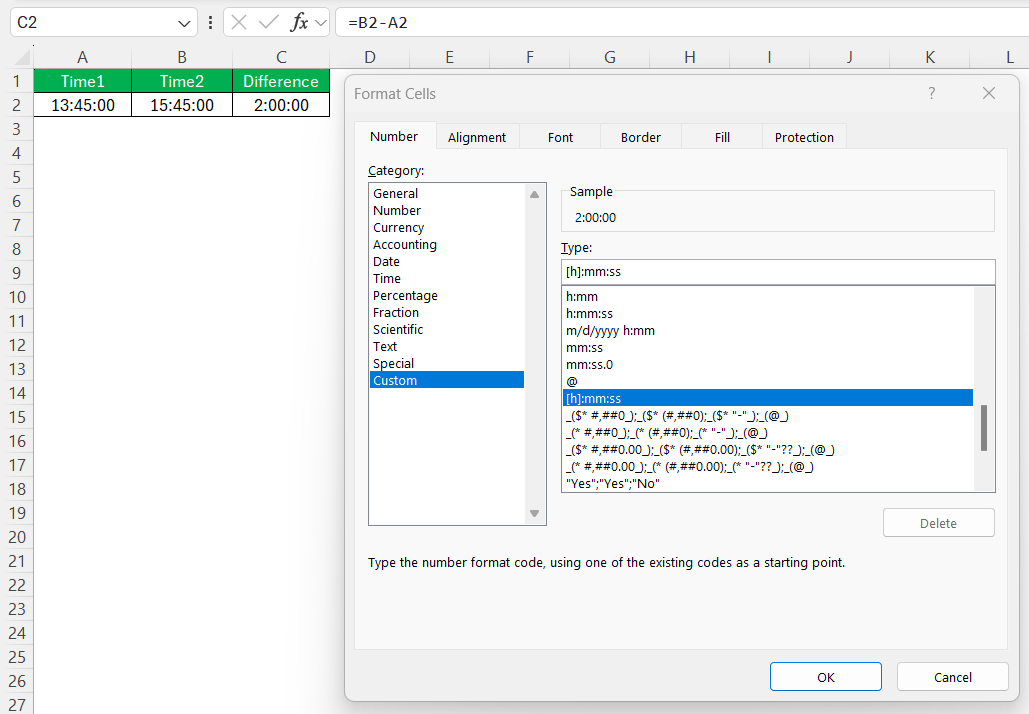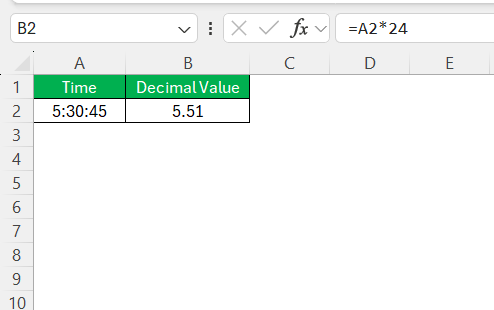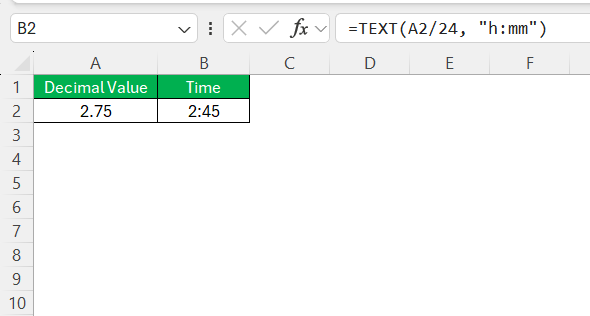In the fast-paced world of data management, having a strong grip on Excel’s time-related functions can significantly enhance productivity and efficiency. Excel provides a multitude of time formulas that not only support basic operations but also allow for advanced data manipulation. From managing schedules to tracking project durations, understanding these formulas can empower users to handle time-based data with precision and ease.
This guide explores the key facets of Excel’s time formula and offers practical insights into optimizing their utility.
Key Takeaways:
- Excel stores time as a fraction of a 24-hour day, making it easy to perform calculations like adding and subtracting time.
- Key time formula such as TIME, NOW, TODAY, HOUR, MINUTE, and SECOND help extract and manipulate time-based data efficiently.
- The TEXT function is useful for formatting time displays, allowing users to customize how time values appear in reports.
- To sum times exceeding 24 hours, applying the custom format [h]:mm:ss ensures correct calculations without resetting to zero.
Navigating Excel’s Time Formula
Understanding Time in Excel
Excel stores time as a fractional value of a 24-hour day. For example:
0.5represents 12:00 PM (noon)0.25represents 6:00 AM0.75represents 6:00 PM
By using the correct formulas, I can manipulate and calculate time values with ease.
Key Time Functions to Know
Excel boasts a range of powerful time functions that are essential for any user dealing with time-based data. Here are some key functions to be familiar with:
- TIME: Constructs a time value from separate hour, minute, and second components, making it easy to perform calculations involving specific times.
- NOW: Returns the current date and time, useful for records that need real-time updates. However, its volatile nature means it recalculates with each worksheet update.
- TODAY: Provides the current date without the time component, which is valuable for date-specific analyses.
- HOUR, MINUTE, and SECOND: These functions extract the hour, minute, and second from a given time value, enabling detailed breakdowns of larger time datasets.
Each of these functions plays a crucial role in handling time data, and combining them can unlock advanced analytical capabilities within Excel. Understanding their functionalities lays the groundwork for more complex operations and time management tasks in your spreadsheets.
Key Time Functions in Excel
1. TIME Function
I often use the TIME function to create a specific time value from hours, minutes, and seconds. The syntax is:
=TIME(hour, minute, second)
For instance, to represent 3:45:30 PM, I use: =TIME(15, 45, 30)
2. HOUR, MINUTE, and SECOND Functions
Sometimes, I need to extract specific time components from a given time value. If A2 contains 15:45:30, applying =HOUR(A2) returns 15, =MINUTE(21) returns 45, and =SECOND(A2) returns 30.
=HOUR(A2) Extracts the hour from a time value.
=MINUTE(A2): Extracts the minute from a time value.
=SECOND(A2): Extracts the second from a time value.
3. NOW and TODAY Functions
For real-time updates, I rely on:
=NOW(): Returns the current date and time.
=TODAY(): Returns the current date only (without time).
These functions are volatile, meaning they update every time the worksheet recalculates.
4. TEXT Function for Formatting Time
Displaying time in a specific format is crucial for clarity. The TEXT function helps me customize how time appears.
=TEXT(A2, “hh:mm AM/PM”)
If A1 contains 13:45, this formula will display it as 1:45 PM.
5. Adding and Subtracting Time
I often need to calculate time differences. Excel makes this easy. To add 2 hours to a time value in A1:
=A2 + TIME(2,0,0)
To find the difference between two time values:
=B2 – A2
Ensure the cell format is set to [h]:mm:ss to display time differences properly.
6. Converting Time to Decimal
If I need to convert time to a decimal value for calculations (e.g., payroll hours), I use:
=A1*24
This converts the time into total hours.
7. Converting Decimal Hours Back to Time
If I have decimal hours (e.g., 2.75 hours) and need to convert them back to time format:
=TEXT(A2/24, “h:mm”)
This displays 2:45 (2 hours, 45 minutes).
Formatting Time in Excel
Customizing Time Formats
Customizing time formats in Excel allows for tailored data presentations, enhancing readability and utility in varied contexts. Here’s how you can effectively customize these formats:
- h for hours, hh for hours with leading zero.
- m for minutes and mm for minutes with leading zero.
- s for seconds, ss for seconds with leading zero.
- Include AM/PM to specify time of day. An example format like “hh:mm:ss AM/PM” will display times as 07:30:00 PM, clearly indicating the time-of-day context.
By mastering these customization techniques, you tailor Excel’s display to fit specific professional needs, aiding in data interpretation and visualization. This is especially beneficial for those in fields like finance, logistics, and project management, where concise and clear reporting is crucial. These customized formats not only improve data presentation but also enhance overall productivity by ensuring that dates and times are interpreted correctly across diverse professional settings.
FAQs
How do I calculate the difference between two times in Excel?
To calculate the difference between two times, subtract the start time from the end time using a formula like =B1-A1, where A1 is the start time and B1 is the end time. If the result appears as a decimal, format the cell as Time (h:mm:ss).
How do I add or subtract time in Excel?
To add or subtract time, use the TIME formula. For example, to add 3 hours to a time in cell A1, use =A1 + TIME(3,0,0). Similarly, to subtract 30 minutes, use =A1 – TIME(0,30,0). Ensure the cell format is set to Time or [h]:mm:ss if working with time differences exceeding 24 hours.
How can I convert time into a decimal for calculations?
To convert time into a decimal representing total hours, multiply by 24. For example, if A1 contains 3:30 (3 hours, 30 minutes), using =A1*24 will return 3.5. This is useful for payroll calculations and other numerical operations. If you need minutes instead, multiply by 1440 (the number of minutes in a day).
How do I format time to display in a specific format?
Use the TEXT function to customize time formatting. For example, =TEXT(A1, "hh:mm AM/PM") will display 1:45 PM instead of 13:45. Other formats include "hh:mm:ss" for full-time details or "h:mm" for shorter displays. Formatting ensures clarity in reports and enhances readability.
How do I sum time values that exceed 24 hours in Excel?
To sum time values exceeding 24 hours, use the SUM function on your range, such as =SUM(A1:A10). Then, format the result cell with the custom time format [h]:mm:ss to display total hours correctly. Without this format, Excel may reset the total after 24 hours, showing an incorrect value. This method is useful for tracking total work hours or project durations.
John Michaloudis is a former accountant and finance analyst at General Electric, a Microsoft MVP since 2020, an Amazon #1 bestselling author of 4 Microsoft Excel books and teacher of Microsoft Excel & Office over at his flagship MyExcelOnline Academy Online Course.

